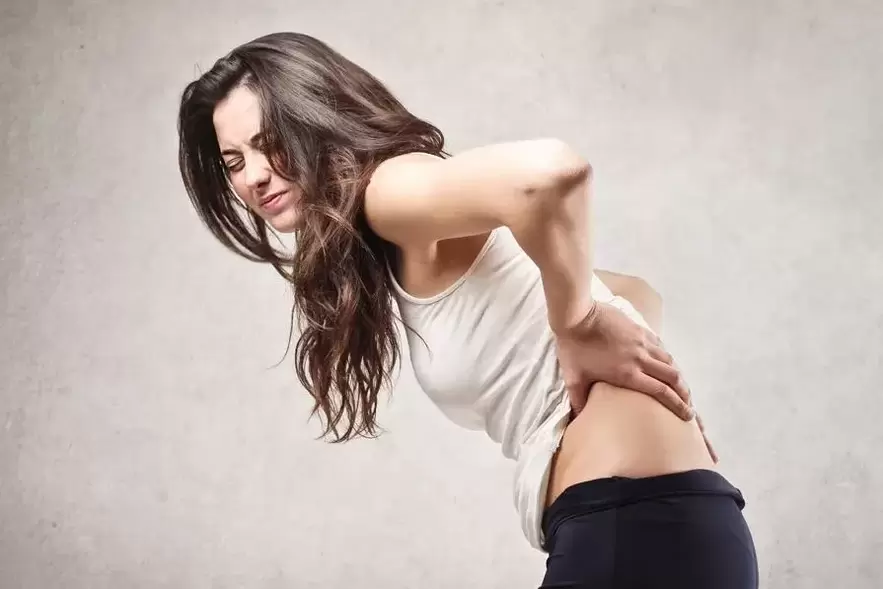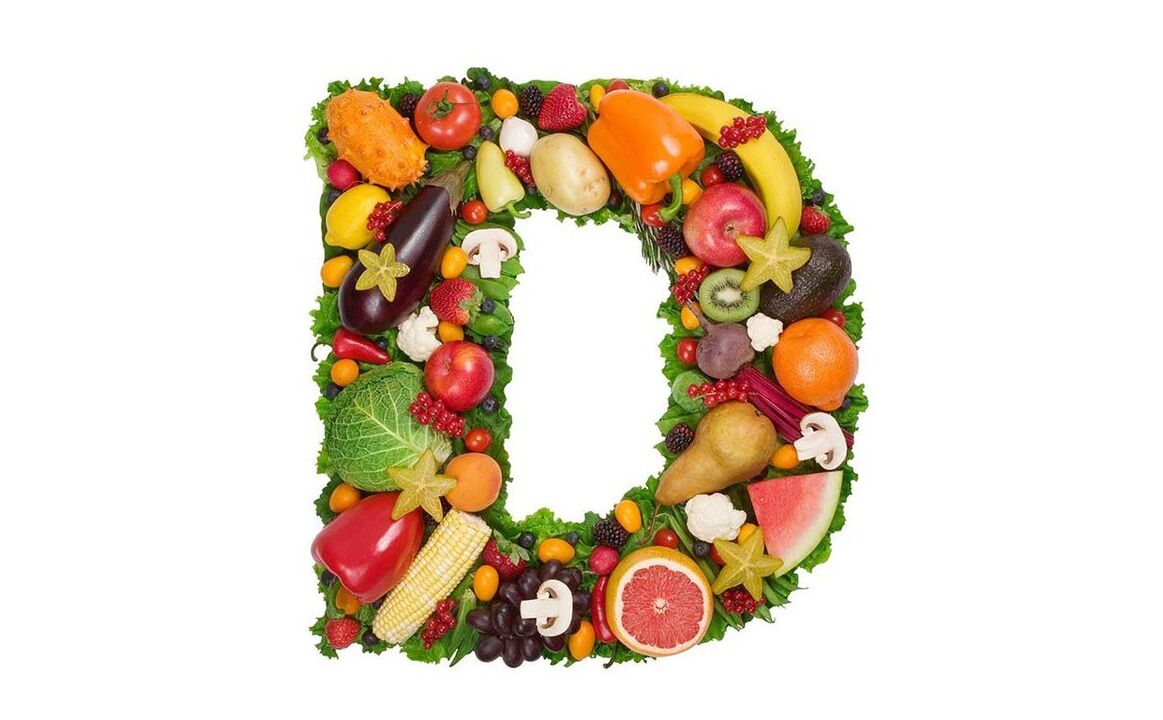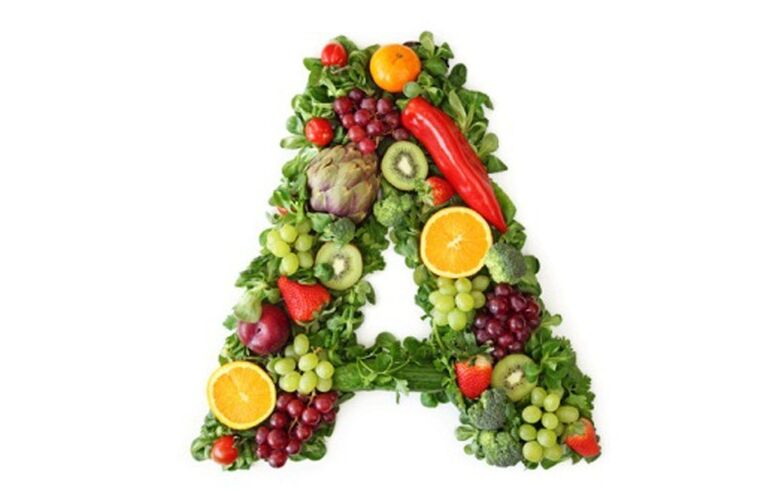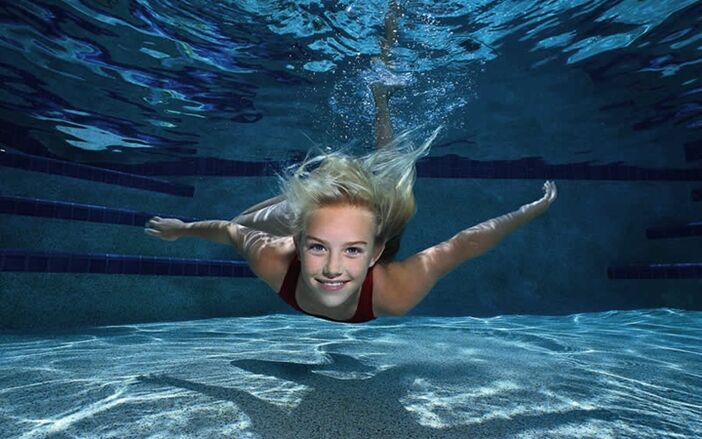
The lumbar spine includes five intervertebral discs that connect the sacrum and thoracic spine. This part of the musculoskeletal system carries heavy loads. It is the most mobile and most prone to illness, and signs of illness can appear at different ages. One such disease is lumbar osteochondrosis. Additionally, patients may develop multisegmental osteochondrosis (affecting all parts of the spine). A description of the disease can be found in the International Classification of Diseases - ICD-10, where the general code M42 is assigned to osteochondrosis.
There are many ways to prevent and treat osteochondrosis in the lumbar region, as well as multi-segment osteochondrosis (according to the M 42 code of the ICD-10).
Signs of osteochondrosis in the lower back
The reason for the development of the disease may be:
- The lumbar and sacral vertebrae are overloaded, which is a typical performance of manual workers (loaders, dock workers, etc. ).
- The patient is overweight and puts too much pressure on the spine. It is common in women and men.
- Lack of physical activity, lack of physical activity, when blood circulation deteriorates, disk nutrition with essential substances, insufficient supply of vitamins.
- Postural irregularities due to incorrect sitting posture, often at home (hunched, askew).
- Injury during exercise, exercise incorrectly.
- Age factors, as women and men get older, bones are prone to deformity.
Symptoms of lumbar osteochondrosis
Pain, indicating that urgent treatment of lumbar osteochondrosis (code M 42 according to ICD-10) is necessary, even when sneezing or coughing. Manifestations of lumbosacral pain may be caused by strenuous exercise, leaning, and shifting gravity.

The tingling may be localized or spread upward from the lower back. Pain can also radiate to the buttocks and legs. The patient loses flexibility in the back. It is difficult for a person to make turns and leans. General discomfort can lead to sleep disturbances, irritability, and decreased physical strength.
As one of the possible complications of the disease - diseases of the genitourinary system. Pain may appear in the kidney area. Urination may be impaired.
treat
To successfully cure lumbar osteochondrosis (code M 42 according to ICD-10), the patient must radically change most of his daily habits. From now on, you need to work hard for your health every day. If it is different, it may reappear even if the symptoms of the disease are overcome. Unfortunately, this happens in many situations.
Usually, on the first visit to the doctor, the patient will be prescribed medication. Medications for lumbar osteochondrosis relieve pain and prevent inflammatory processes.
In folk medicine, there are many medicinal infusion formulations, ointments that can help diagnose "osteochondrosis" (lumbar spine or multisegmental, according to ICD-10 code M 42). Folk medicines are used externally or internally to reduce pain and inflammation.

However, as we all know, drug treatment only stops the manifestations of the disease (relieves pain), but it is not enough to completely defeat the disease, it does not eliminate the root cause of the disease. For a complete course of treatment, complex rehabilitation measures are required. Without them, treatment would not be effective and success would be short-lived. In some cases, a belt (corset) for lumbar osteochondrosis may be prescribed and must also be worn at home.
A special place for the treatment of osteochondrosis of the lumbar spine (code M 42 according to ICD-10) is kinesiotherapy (physiotherapy exercise), special gymnastics. A set of individual exercises should be chosen by a physician and appointments should be performed under the direction of a qualified trainer. If the patient is significantly overweight, you will need to diet and increase your daily physical activity. The combination of these measures can cure osteochondrosis.
Acupuncture is also advisable for the treatment of lumbar osteochondrosis.
Vitamin therapy for osteochondrosis
To cure this disease, a comprehensive approach is important. This treatment should include vitamins, which can usually be taken at home.
B vitamins
They are prescribed in the initial stages of the disease to relieve painful symptoms. Usually this is enough to heal the osteochondrosis and eliminate the pain.

In addition to B vitamins for pain relief, they are used to improve metabolic processes, restore immunity and the sensitivity of disease-affected tissues. They come in the form of injections (intramuscular or intravenous) and tablets.
B vitamins are found in:
- B1 (thiamine) - in cereals, bread (semolina), yeast;
- B6 (pyridoxine) - in vegetables, eggs, milk, liver, meat, fish;
- B12 (cyanocobalamin) - in animal products: meat, beef liver.
Introducing B vitamins by injection is very painful. However, they are an excellent backdrop for primary medical therapy when treating lumbar osteochondrosis.
D vitamin
Doctors recommend combining them with calcium because the combination is good for bones and can strengthen them. But the cartilage of the intervertebral discs, most with osteochondrosis, is strengthened with the help of D-group vitamins. In most cases, to cure the disease, specialists prescribe vitamin D3 (cholecalciferol) or D2 (ergocalciferol).

Vitamin D is found in:
- cod;
- flounder;
- milk;
- yolk;
- butter;
- sardine;
- Tuna liver.
Vitamins A and E
A and E are powerful antioxidants. They catalyze tissue regeneration. For example, vitamin A helps strengthen the immune system, actively fights infections, is responsible for the harmonious circulation of calcium and phosphorus, and restores damaged tissues.
Vitamins A and E must be consumed "in tandem" - when absorbed from the gut, their elements complement and activate each other's work. Thanks to them, the symptoms of lumbar osteochondrosis (code M 42 according to ICD-10) disappeared and the disease could not spread further.


Animal and plant foods contain:
- Carrot, parsley, spinach, green onion, sea buckthorn, wild rose, apricot, mountain ash, black currant, blueberry, strawberry, blueberry;
- Fish oil, liver, milk.
Vitamin C
Vitamin C (ascorbic acid) strengthens the body's defenses. This is very necessary during the fight against any disease. This vitamin removes toxins and protects cartilage, muscle, and bone tissue from internal and external damage.
Ascorbic acid is sold in tablet form and, in addition, in ampoules for injection (this is also available at home). It contains rose hips, red (sweet) peppers, peas, strawberries, cabbage (broccoli, bok choy, Brussels sprouts), needles, tangerines, oranges, tomatoes, parsley, dill.
What makes swimming and exercise good for osteochondrosis
Properly organized swimming helps:
- relaxation. Lower back and multi-segment osteochondrosis (code M 42 according to ICD-10) can cause muscle spasms, and their tension can hinder movement. Water helps to relax the entire spine, eliminating muscle spasms and strengthening muscles at the same time.
- Accelerates metabolic processes. The damaged and still normal disc tissue gets the nutrients it needs and begins to recover.
- Improve immunity. This is important for treating any disease.
- Regular swimming and bathing, especially exercising in the water, can shed excess pounds.
- Swimming improves the function of the heart and respiratory system and helps build a positive attitude to cure osteochondrosis.

For multi-segment osteochondrosis (code M 42 according to ICD-10) and osteochondrosis of any part of the spine, exercise in water, swimming is recommended.
Practicing swimming and exercising in a pool while taking vitamins and other medications can heal the affected disc, improve the general condition of the entire spine, and get rid of pain.

Doctors recommend swimming therapy only in special pools. Naturally, this treatment is usually not possible at home. But in rivers, at sea, exercise is not recommended because the movement of the water body can put extra pressure on the spine.
There are some basic rules that patients need to follow when exercising in the pool. Improper swimming and exercise can exacerbate pain:
- The water temperature should not be lower than 23 degrees and during the first visit to the swimming pool - at the level of 27 - 30 degrees Celsius.
- Swimming will help heal osteochondrosis if you warm up before entering the pool. Can be simple exercise, massage. All of this will increase blood flow to the spine in minutes and prepare it for surgery.
- Patients diagnosed with "lumbar spine (or multi-segmental) osteochondrosis" should avoid sudden movements in the pool.
- You can (recommended) visit the pool at least twice a week, with the best time being 40-50 minutes.
- Therapeutic exercise specialists should recommend special water sports, swimming, for men and women with osteochondrosis.
Therefore, if you have signs of osteochondrosis (lumbar or multisegmental), then in addition to home remedies (vitamins, medications), you should go to the pool or gym on the advice of your doctor. The doctor emphasized that only a comprehensive approach, patience, and perseverance to overcome the disease can achieve positive results in the treatment process.


























